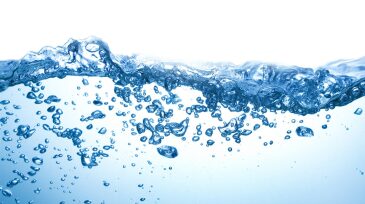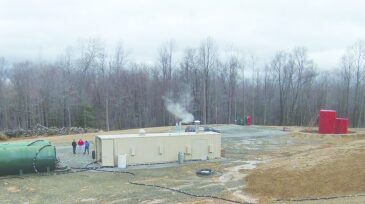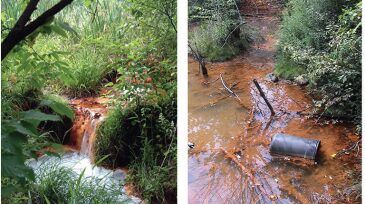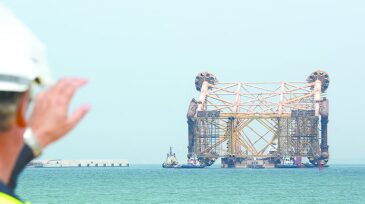Water management
The justices ruled that the company holding the oil and gas lease also lays claim to the produced water. The ruling comes as more companies are seeking to turn a profit on what has long been considered a vexing waste stream.
The Texas Railroad Commission has tightened its guidelines on the permitting of disposal wells in the Permian Basin.
The agency said it wants to modernize the rules and expand the potential uses for produced water.
-
In this study, a pilot plant with a capacity of 50 m3/d was used to conduct flotation, filtration, and adsorption trials for produced-water treatment at a crude-oil gathering facility.
-
The simplest way to measure return on investment for an offshore water treatment system is to determine whether using the system actually reduces the risk of paying a fine for violating water pollution laws.
-
The demands for the fresh water used in many hydraulic fracturing operations are placing pressure on water sources in some regions of the United States. Because of the high volumes of water needed for fracturing and competing demands availability of fresh water has decreased and costs have grown.
-
This is the fifth article in a series covering water management in hydraulic fracturing in unconventional resources. The focus of this article is biological control. Additives to improve fracturing conditions can have negative effects on water treatment.
-
A recent webinar focused on hydrocyclones and their application for offshore oil and water separation. The discussion includes fundamental science, practical considerations, implementation and field experience.
-
Polluted streams in Pennsylvania could provide a source of water for hydraulic fracturing and help prove a new way to clean up waterways contaminated by coal mine waste.
-
Produced water is an inextricable part of the oil- and gas-recovery process, and it is by far the largest-volume waste stream associated with oil and gas recovery.
-
In terms of platform technologies and extraction strategies, there are fundamental differences between the North Sea and the deepwater Gulf of Mexico (GOM).
-
The objective of this paper is to detail how water quality and injection pressure are deduced when uncertainties of input data are considered.
-
Many strategies have been implemented to mitigate the problem of high water-production rates seen in mature fields.












